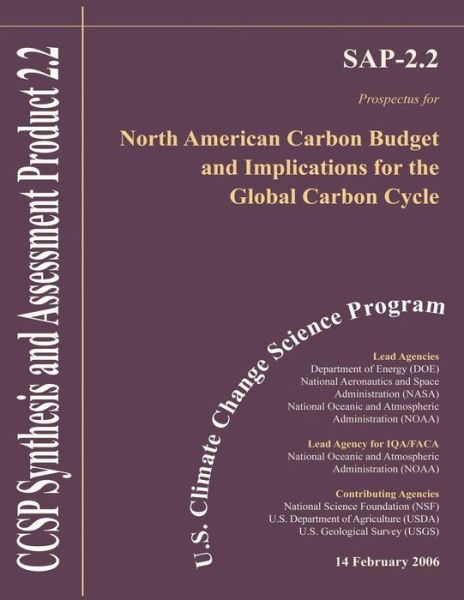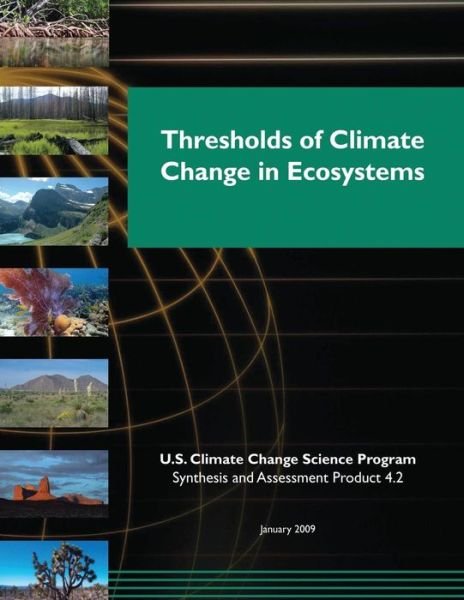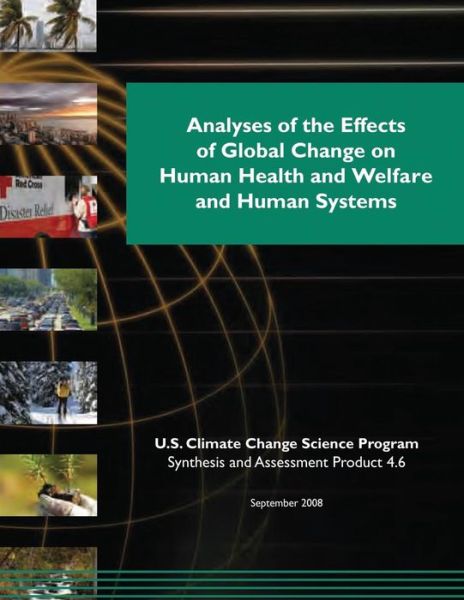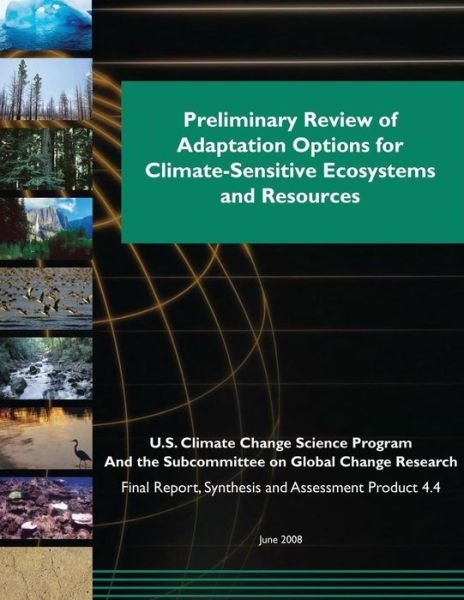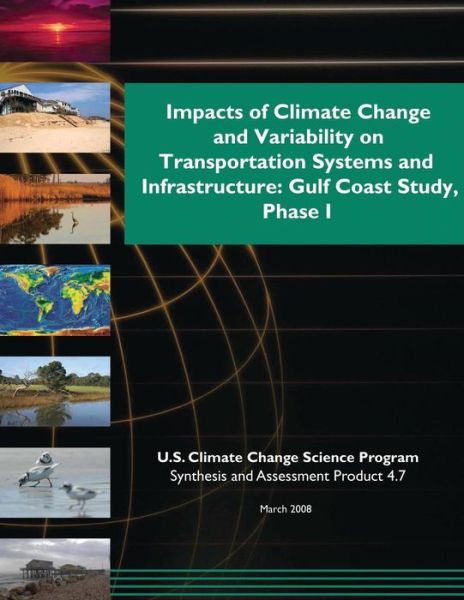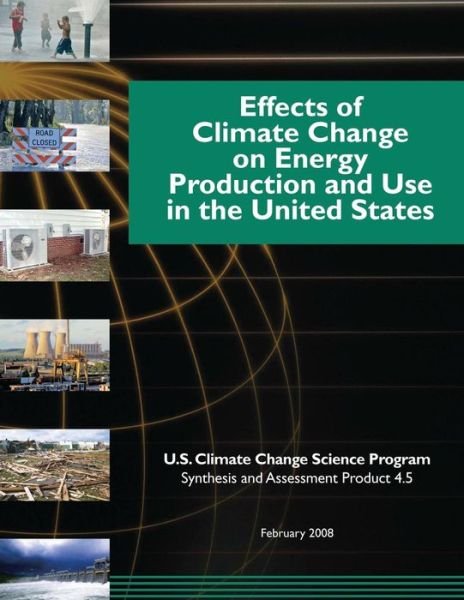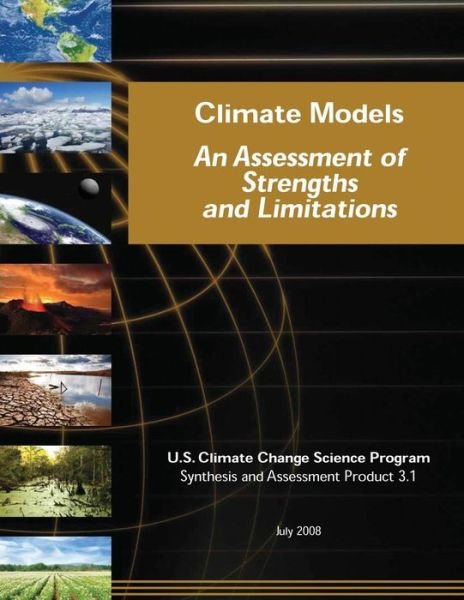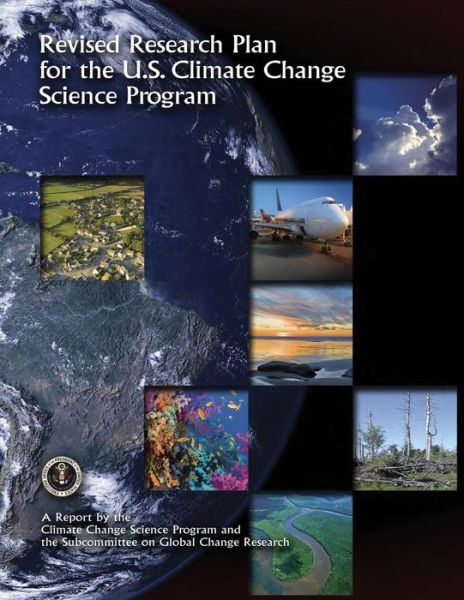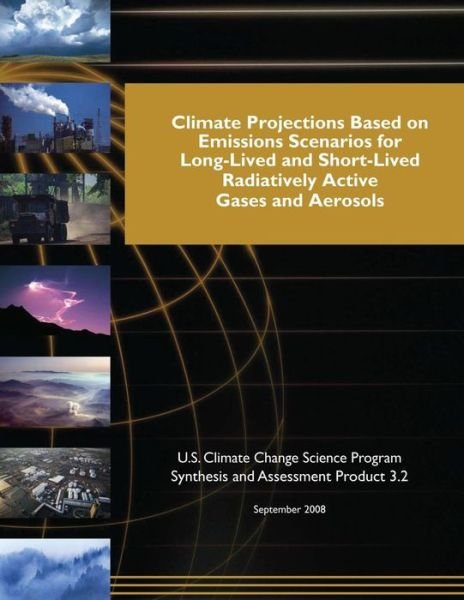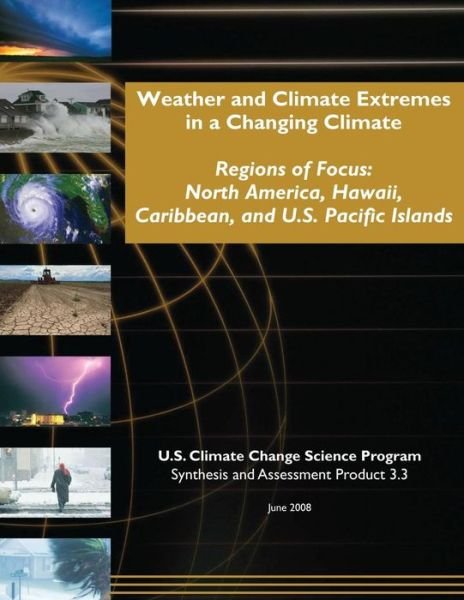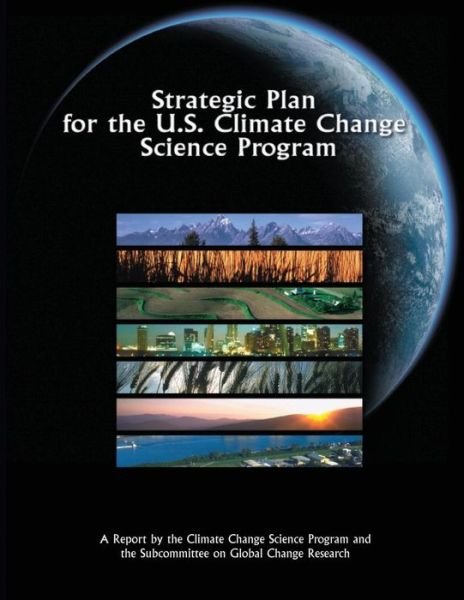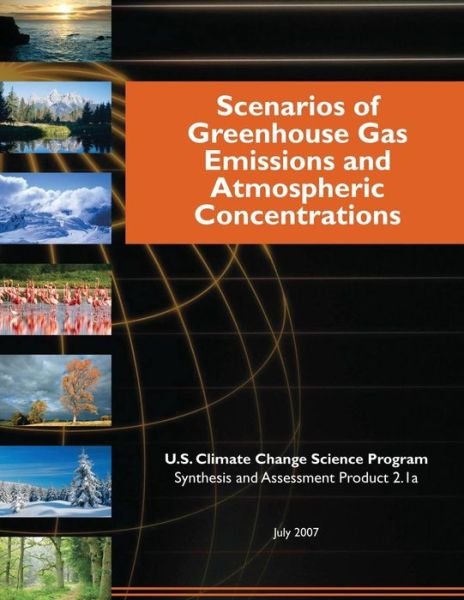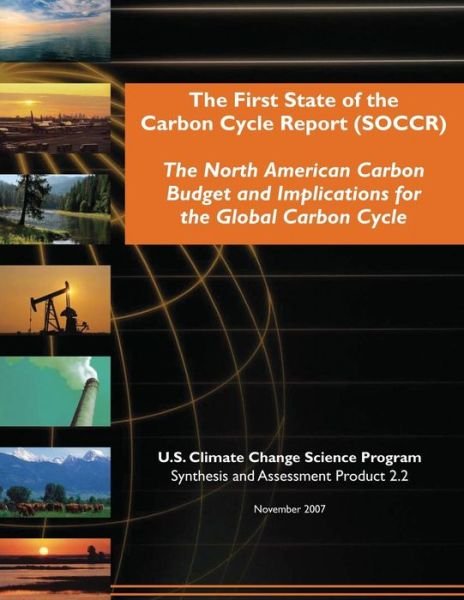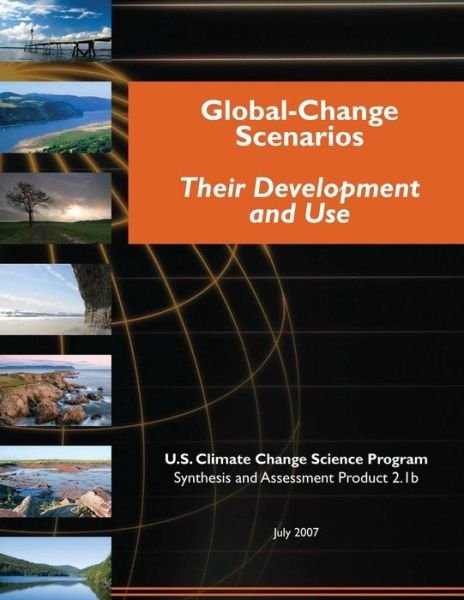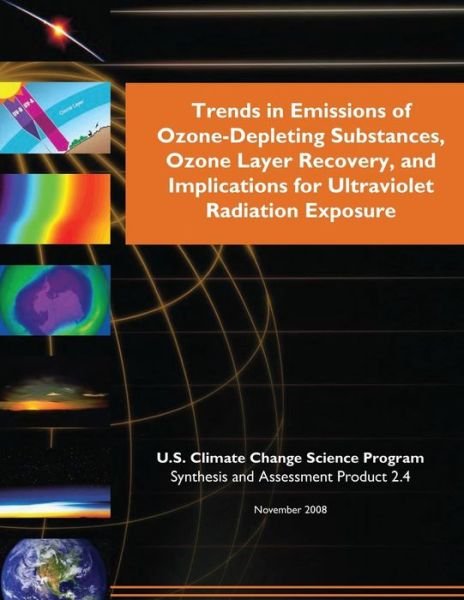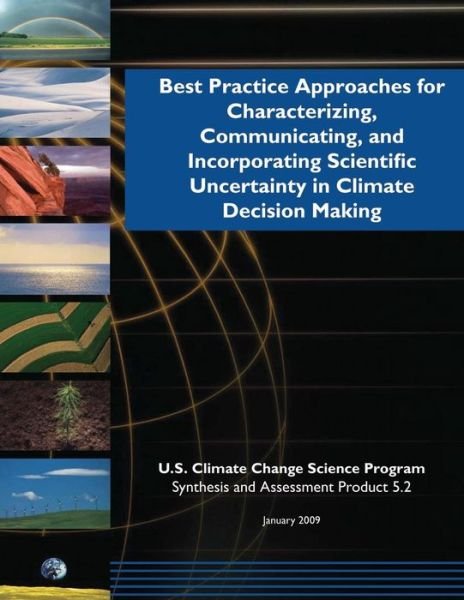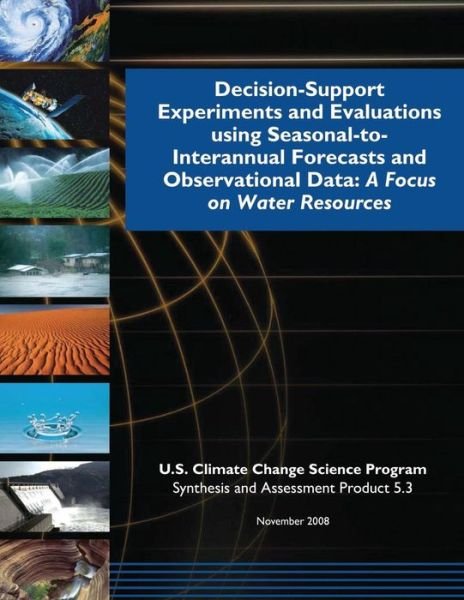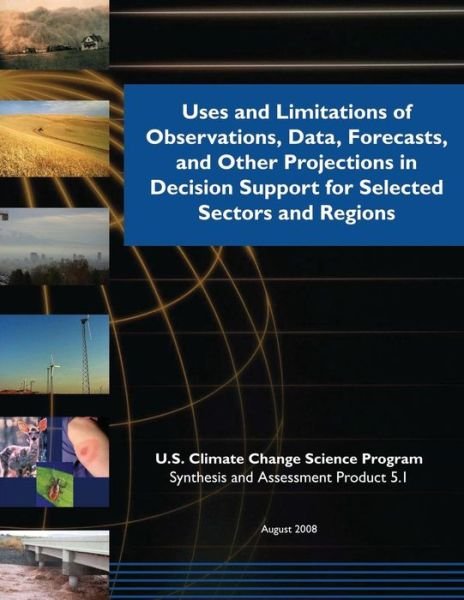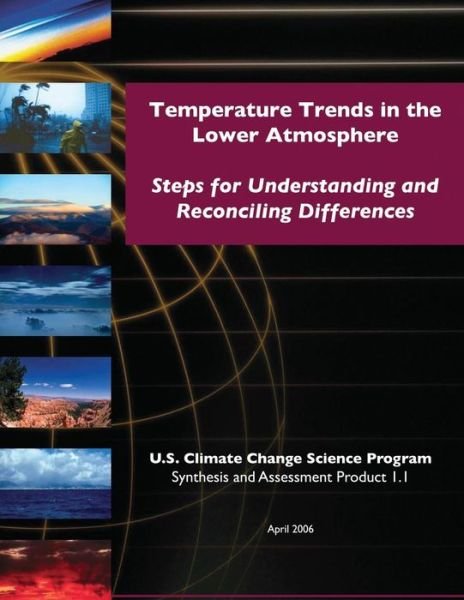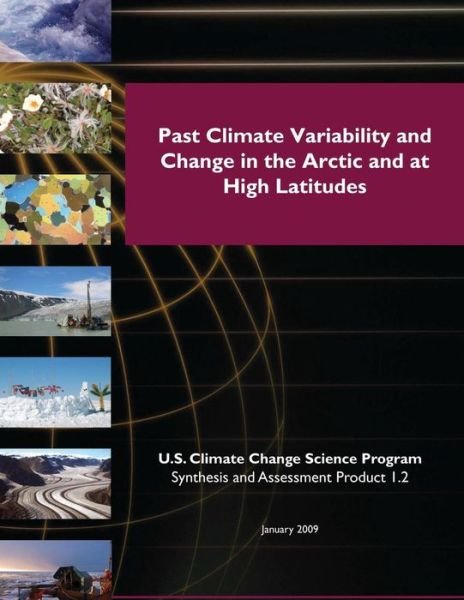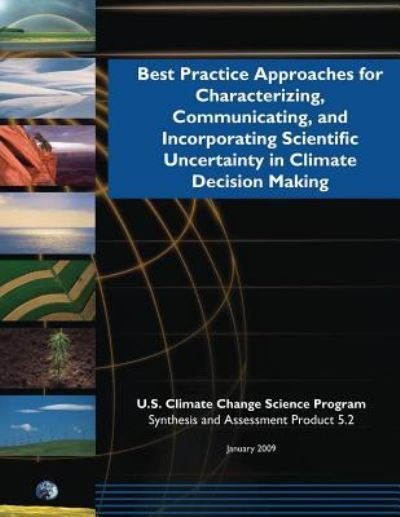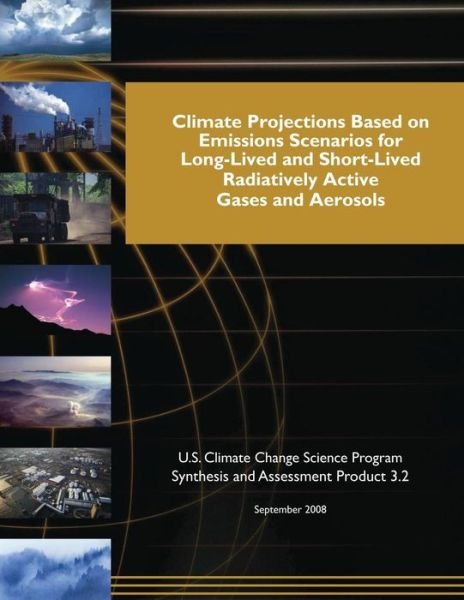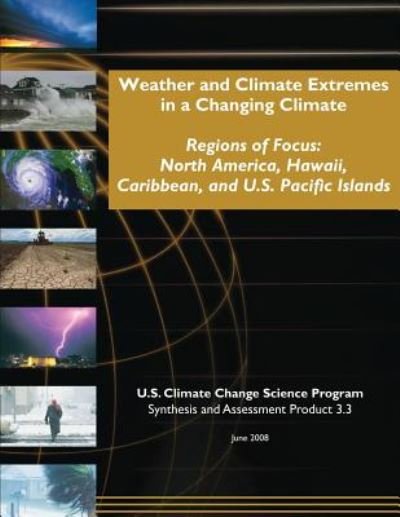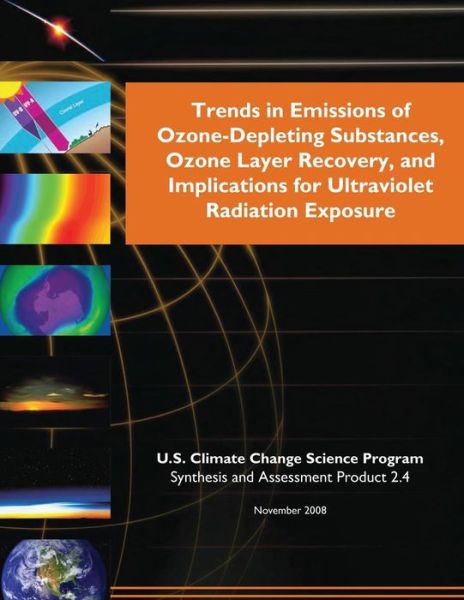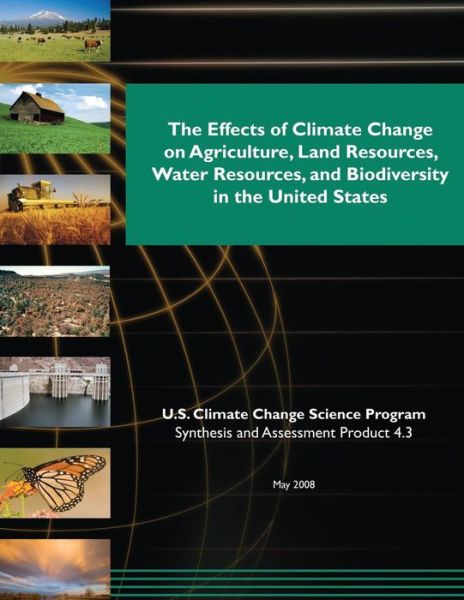
Tell your friends about this item:
The Effects of Climate Change on Agriculture, Land Resources, Water Resources, and Biodiversity in the United States (Sap 4.3)
U S Climate Change Science Program
The Effects of Climate Change on Agriculture, Land Resources, Water Resources, and Biodiversity in the United States (Sap 4.3)
U S Climate Change Science Program
Publisher Marketing: This report provides an assessment of the effects of climate change on U. S. agriculture, land resources, water resources, and biodiversity. It is one of a series of 21 Synthesis and Assess-ment Products (SAP) that are being produced under the auspices of the U. S. Climate Change Science Program (CCSP). This SAP builds on an extensive scientific literature and series of recent assessments of the historical and potential impacts of climate change and climate variability on managed and unmanaged ecosystems and their constituent biota and processes. It discusses the nation's ability to identify, observe, and monitor the stresses that influence agriculture, land resources, water resources, and biodiversity, and evaluates the relative importance of these stresses and how they are likely to change in the future. It identifies changes in resource conditions that are now being observed, and examines whether these changes can be attributed in whole or part to climate change. The general time horizon for this report is from the recent past through the period 2030-2050, although longer-term results out to 2100 are also considered. There is robust scientific consensus that human-induced climate change is occurring. Records of temperature and precipitation in the United States show trends consistent with the current state of global-scale understanding and observations of change. Observations also show that climate change is currently impacting the nation's ecosystems and services in significant ways, and those alterations are very likely to accelerate in the future, in some cases dramati-cally. Current observational capabilities are considered inadequate to fully understand and address the future scope and rate of change in all ecological sectors. Additionally, the complex interactions between change agents such as climate, land use alteration, and species invasion create dynamics that confound simple causal relationships and will severely complicate the development and assessment of mitigation and adaptation strategies. Even under the most optimistic CO2 emission scenarios, important changes in sea level, regional and super-regional temperatures, and precipitation patterns will have profound effects. Management of water resources will become more challenging. Increased incidence of disturbances such as forest fires, insect outbreaks, severe storms, and drought will command public attention and place increasing demands on management resources. Ecosystems are likely to be pushed increasingly into alternate states with the possible breakdown of traditional species relationships, such as pollinator/plant and predator/prey interactions, adding additional stresses and potential for system failures. Some agricultural and forest systems may experience near-term productivity increases, but over the long term, many such systems are likely to experience overall decreases in productivity that could result in economic losses, diminished ecosystem services, and the need for new, and in many cases significant, changes to management regimes.
| Media | Books Paperback Book (Book with soft cover and glued back) |
| Released | February 6, 2015 |
| ISBN13 | 9781507873946 |
| Publishers | Createspace |
| Pages | 250 |
| Dimensions | 216 × 279 × 14 mm · 589 g |
More by U S Climate Change Science Program
See all of U S Climate Change Science Program ( e.g. Paperback Book )

 Christmas presents can be returned until 31 January
Christmas presents can be returned until 31 January


